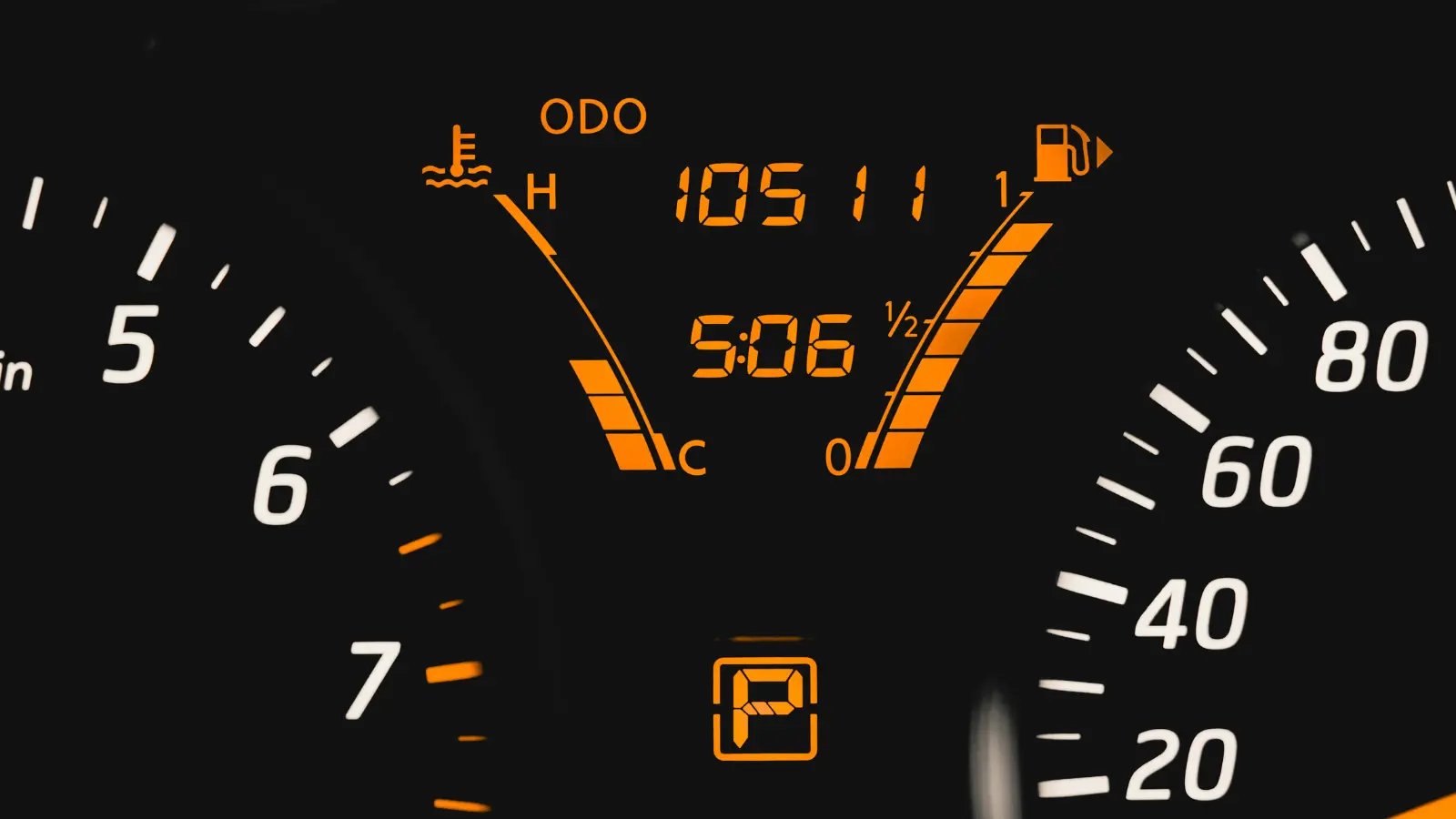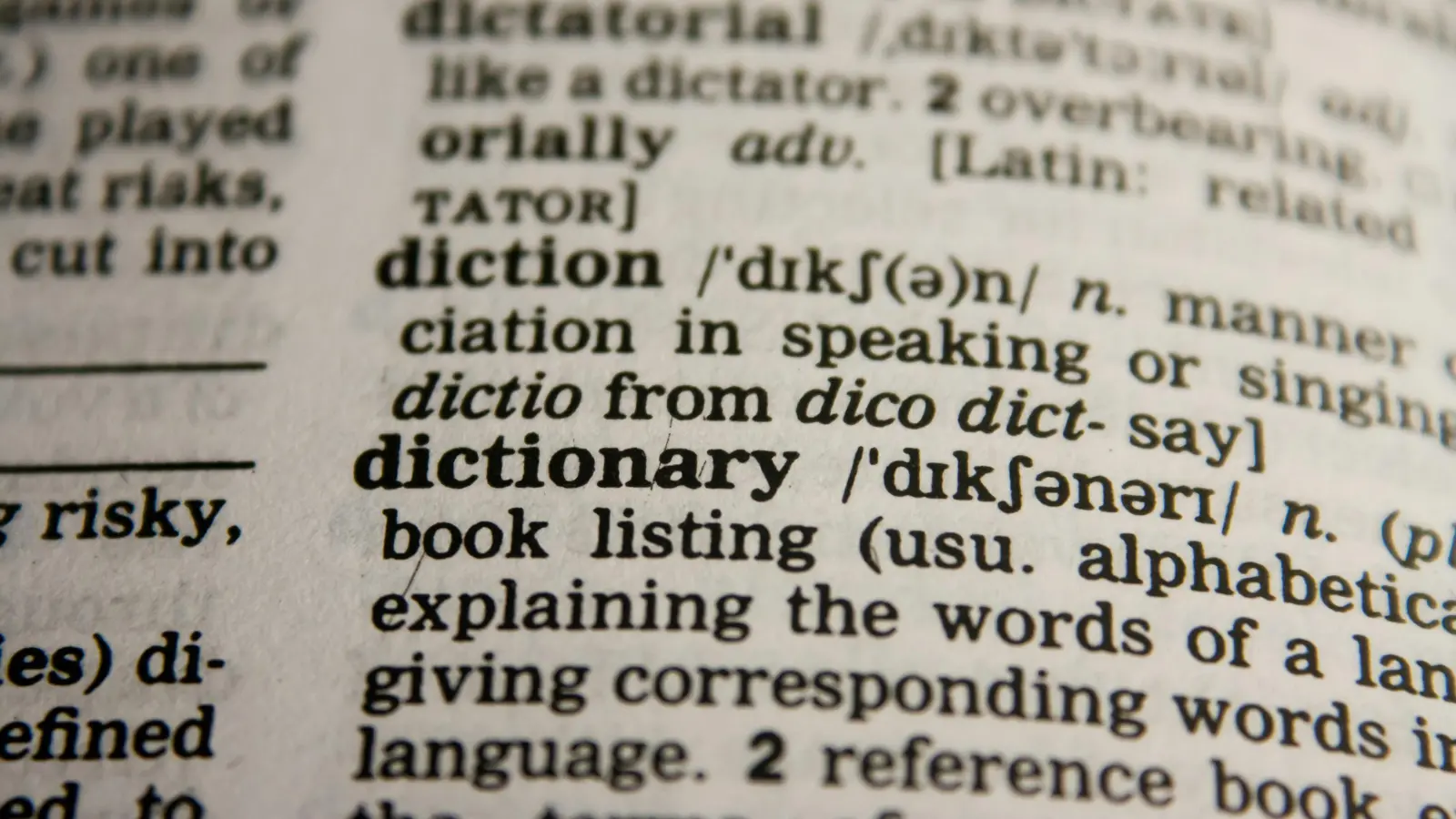Understanding MPG Labels & EPA Testing
Fuel economy ratings are among the most important numbers shoppers consider when comparing new vehicles. But what do those MPG figures actually mean? Are they accurate? And how do they relate to your own driving experience?
This article will help you understand how the U.S. Environmental Protection Agency (EPA) calculates fuel economy, what the numbers on the window sticker represent, and how to interpret them to make an informed buying decision.
What Are Fuel Economy Ratings?
Fuel economy ratings estimate how efficiently a vehicle uses fuel. They are usually expressed in three ways:
- City MPG refers to miles per gallon during stop-and-go driving.
- Highway MPG measures efficiency at steady speeds on highways.
- Combined MPG is a weighted average of 55 percent city driving and 45 percent highway driving.
These figures appear on every new car’s window sticker, also known as the Monroney label.
Who Sets Fuel Economy Ratings?
The U.S. EPA, along with the Department of Energy (DOE), oversees fuel economy testing. Automakers perform laboratory tests using standardized procedures established by the EPA, then submit results for review. In some cases, the EPA performs additional testing to verify the manufacturer’s claims.
How Are EPA Ratings Calculated?
Fuel economy testing happens on a dynamometer, which works like a treadmill for cars. The tests simulate a variety of driving conditions using specific cycles that include:
- City cycle with idling, low speeds, and stop-and-go traffic.
- Highway cycle with higher, more consistent speeds and fewer stops.
- Supplemental tests that factor in things like air conditioning use, aggressive driving, and cold temperatures.
The results are adjusted using formulas that better reflect real-world driving behavior.
Why You Might See Different Results
Although EPA ratings help level the playing field, actual fuel economy can vary for every driver. Differences can result from:
- Climate and elevation
- Driving style and habits
- Traffic conditions
- Payload and passenger load
- Tire condition and vehicle maintenance
In short, your real-world MPG may be higher or lower than what appears on the sticker.
Where to Find Fuel Economy Information
In addition to the vehicle window label, the EPA and DOE provide helpful online resources:
- FuelEconomy.gov includes official MPG data, emissions scores, and cost estimates for all vehicles.
- Green Vehicle Guide helps you compare environmental performance.
- Annual fuel cost estimates are available for each car make and model based on fuel prices and typical mileage.
These tools offer a broader look at long-term fuel expenses beyond just the sticker numbers.
How to Use MPG Ratings When Shopping
- Look at the combined MPG first
It gives the most balanced view for daily driving and is ideal for comparing vehicles across categories.
- Compare within vehicle segments
A midsize SUV will not match a compact car's MPG, but some SUVs are far more efficient than others in their class.
- Match the rating to your driving pattern
For frequent city driving, the city MPG is more relevant. For commuters with longer routes, highway MPG will be more important.
- Factor in fuel costs over time
A seemingly small improvement in MPG can add up to significant savings annually, especially with high fuel prices.
Why Fuel Economy Ratings Matter
A higher MPG rating usually means:
- Lower fuel bills
- Fewer emissions
- Less dependency on fossil fuels
If you choose a vehicle with better, more efficient fuel economy, you’re saving money while helping reduce pollution and greenhouse gases.
Your Fuel-Efficient Journey Continues
Decode the terms and acronyms you’ll encounter while shopping:
← Go Back: How Fuel-Efficient Gas Vehicles Work
Discover Next: Fuel-Efficient Glossary →












